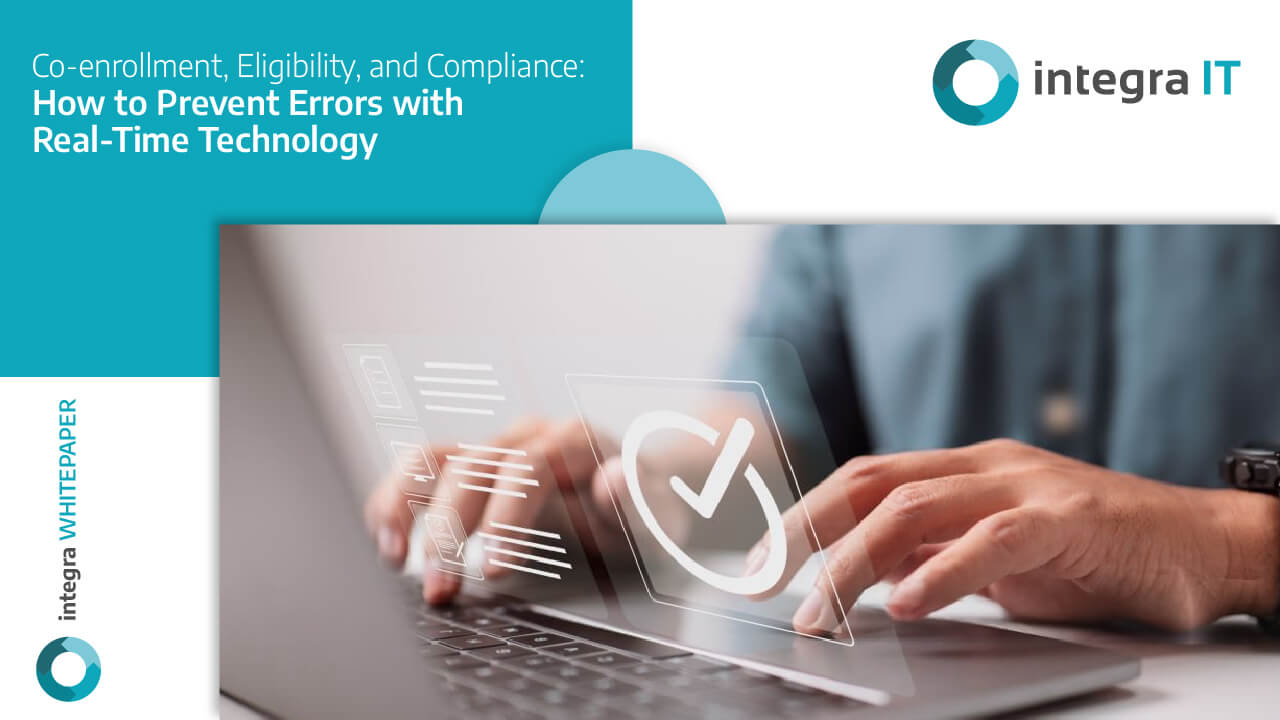In clinical research, ensuring that a participant meets eligibility criteria and is not enrolled in multiple studies simultaneously (co-enrollment) is critical to ensuring scientific validity, patient safety, and regulatory compliance.
However, in many centers with manual workflows, Excel spreadsheets, or disconnected CTMS, errors are common that could affect data integrity or even lead to critical findings during an audit.
What is co-enrollment and why is it a risk?
Co-enrollment occurs when a patient is simultaneously enrolled in more than one clinical study, without a central mechanism to prevent this duplication. This can occur in centers with multiple active protocols, especially if the team lacks immediate visibility into the subject’s participation in other trials.
Associated Risks:
- Data Contamination: Interactions between interventions can affect results.
- Patient safety risks: due to multiple exposure to experimental treatments.
- Noncompliance with exclusion criteria and regulatory findings.
- Compromise of the study’s statistical validity.
In fact, the FDA Office of Scientific Investigations has reported cases of co-enrollment as critical deviation findings during inspections (FDA BIMO, 2022).
The importance of real-time eligibility verification and traceability
Verifying participant eligibility in real time, with control of inclusion/exclusion criteria and cross-validation of their history in other active studies, is essential to:
- Avoid invalid enrollments.
- Increase the efficiency of the coordinating team.
- Ensure compliance with GCP and IRB/EC requirements.
- Reduce deviations and document reprocessing.
How does Trial360 help prevent co-enrollment and improve compliance?
Trial360 was designed from real-world clinical practice, integrating automated rules that protect the center from common errors such as co-enrollment or the enrollment of ineligible participants.
Key Features
- Automatic simultaneous enrollment blocking: a participant cannot be enrolled in a new study until their previous participation has been completed.
- Configurable eligibility engine: with a dynamic checklist and alerts for unmet criteria.
- Consolidated patient history: each subject has a unique record, accessible in real time by all active studies.
- Alerts for the coordination team: prevent non-compliant actions before they occur.
Thanks to this integrated logic, Trial360 not only digitizes processes but also acts as an active layer of regulatory and operational control.
Key Lessons for Centers and Sponsors
- Technology should prevent, not just record. A system should act before the error, not after.
- Compliance begins at enrollment. If that step fails, the entire study is compromised.
- Traceability is not a luxury, it’s a requirement. Especially in auditable environments.
Does your center have the right tools to prevent co-enrollment and deviations?
We’ll show you how Trial360 can help you implement automated controls, improve your eligibility workflows, and ensure compliance in every study.


